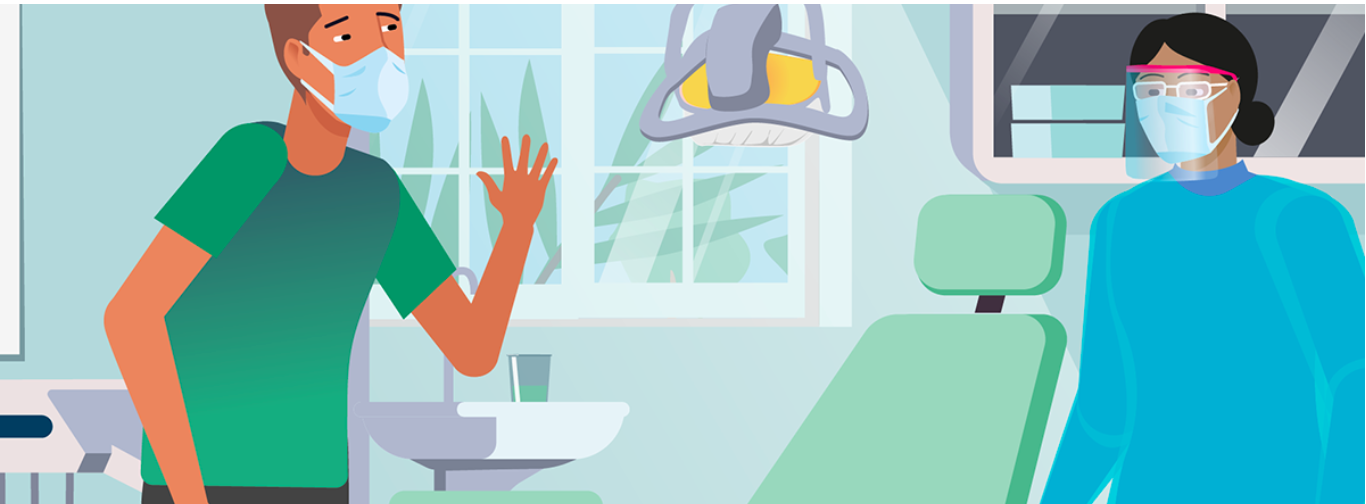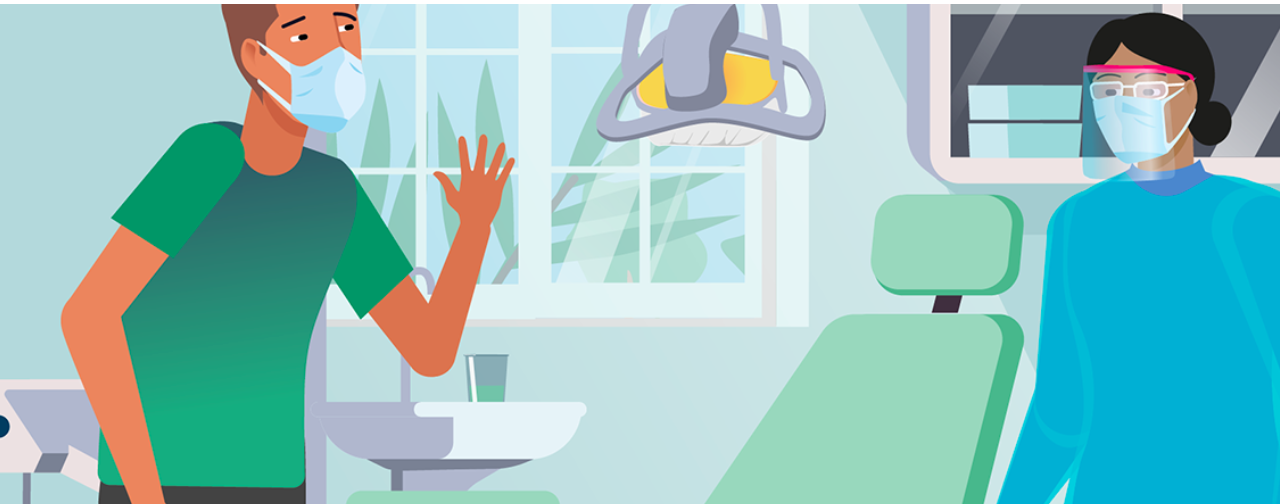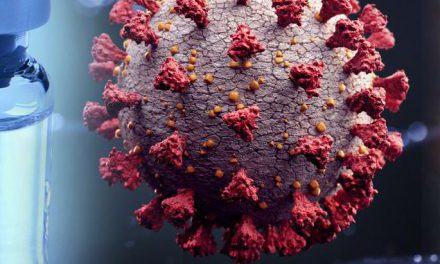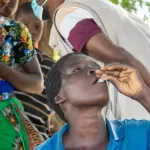
In 2019, the WHO South-East Asia Region had an estimated 900 million cases of untreated dental caries, severe periodontal diseases and edentulism. The Region has the world’s highest oral cancer incidence and mortality rates, with age-standardized mortality for both males and females more than double the global average. Across the Region, the disease burden shows strong inequalities, with higher prevalence and severity in poor and disadvantaged populations, who generally have lower access to prevention, care and rehabilitation.
Since 2014, WHO has provided actionable support to all countries of the Region to prevent and control NCDs – including oral diseases – as a Flagship Priority, achieving steady and sustained progress. Ten countries of the Region report having oral health screening for early detection of oral diseases in primary health care settings, where six countries also provide urgent treatment for emergency oral care and pain relief. Five countries have implemented taxes on sugar-sweetened beverages, and the Region is currently on track to achieve the WHO NCD Global Action Plan target of a 30% relative reduction in tobacco use prevalence between 2010 and 2025.
Recognizing the public health importance of major oral diseases and conditions, in 2021 WHO formulated a Regional Action Plan for Oral Health, based on the inputs of all Member States. The Plan was unanimously endorsed at the Seventy-fifth Session of the WHO Regional Committee in 2022, accompanied by a resolution to report progress every two years.
It is the first plan to be developed based on the new WHO Global Strategy on oral health, and is built on a situation analysis of the Region‘s progress, successes and challenges from its previous oral health strategy 2013–2020. It aims to achieve a 33.3% relative reduction of premature mortality from oral cancer and a 25% relative reduction in the prevalence of untreated dental caries of permanent teeth by 2030, with the overall aim of achieving universal coverage for oral health.
For that, the Region has several priorities. First, strengthening national oral health programmes, which must be accorded high-level support and adequate financing. Ministries of health must have dedicated, qualified, functional, well-resourced and accountable oral health units that are integrated with existing internal structures and collaborate across programme areas.
Second, expanding oral health promotion in schools, workplaces and other community settings. Every opportunity must be grasped to engage and empower, and to instil life-long oral hygiene practices, while also reducing common risk factors such as tobacco use, harmful use of alcohol and diets high in sugar, including by creating healthy environments.
Third, introducing packages of essential oral health services that meet priority needs, and which are delivered in primary health care settings. In all countries, services for oral health prevention and care must be accessible to all, particularly vulnerable, deprived, disadvantaged and remote populations, and should be integrated into essential NCD care that is available within the community, close to where people live and work.
Fourth, establishing and/or strengthening systems to collect detailed information on oral health services, along with feedback mechanisms that enable decision-makers to rapidly adapt interventions. Quality, timely information on service performance is essential to evidence-informed decision-making and will be critical to achieving the Region’s targets and goals.
No one can be left behind. The Region’s inequitable oral health burden – and associated out-of-pocket costs – must be vigorously addressed, ensuring that everyone, everywhere in the Region enjoys the highest attainable state of oral health. On World Oral Health Day, WHO reiterates its commitment to support all countries of the Region to achieve full implementation of the new Regional Action Plan for Oral Health, and with it, life-long oral health for all.











